Publications
Enjoy the last publications from Diabetes Institute Teams
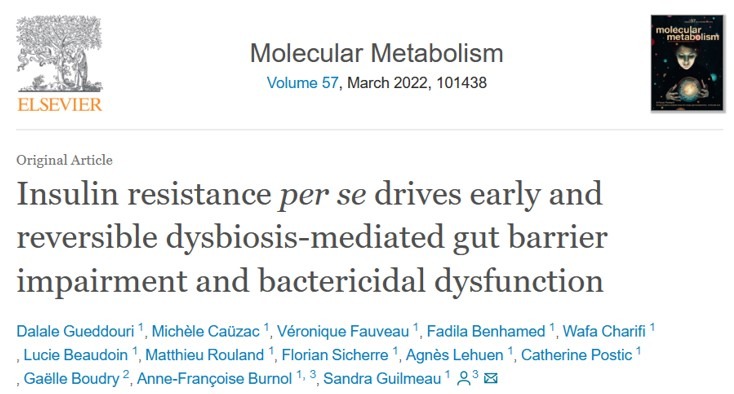
New article from the team “Insulin signaling, glucose sensing and glucotoxicity”
Insulin resistance per se drives early and reversible dysbiosis-mediated gut barrier impairment and bactericidal dysfunction
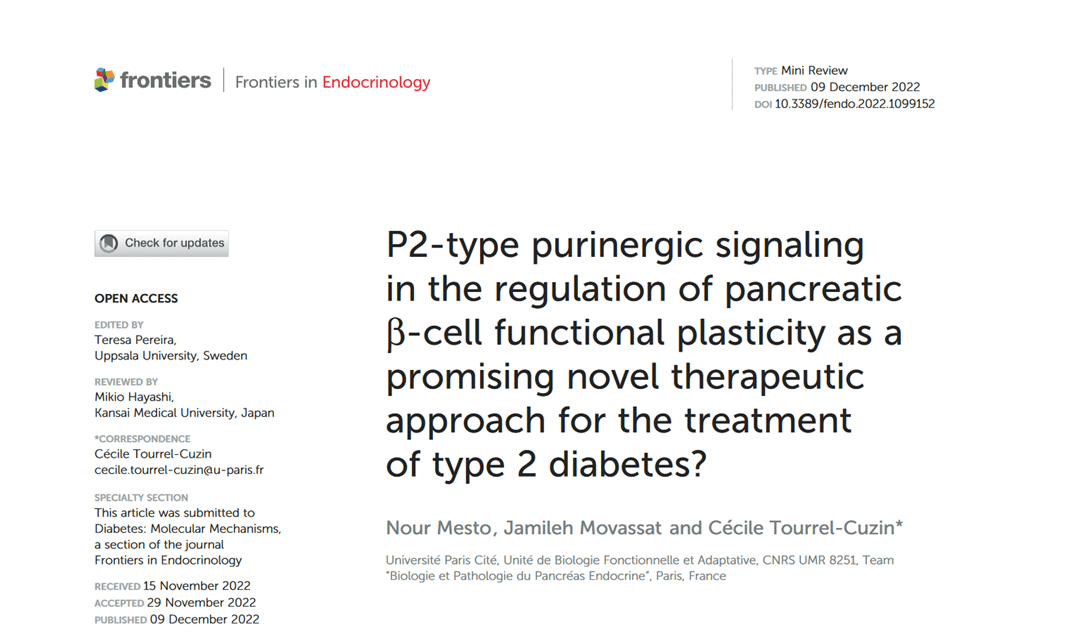
A review from Movassat team
Diabetes Mellitus is a metabolic disorder characterized by a chronic hyperglycemia due to an impaired insulin secretion and a decreased in peripheral insulin sensitivity. This disease is a major public health problem due to it sharp prevalence. Therefore, it is crucial to readapt therapeutic approaches for the treatment of this pathology. One of the strategies would be through P2-type purinergic receptors pathway via ATP binding.
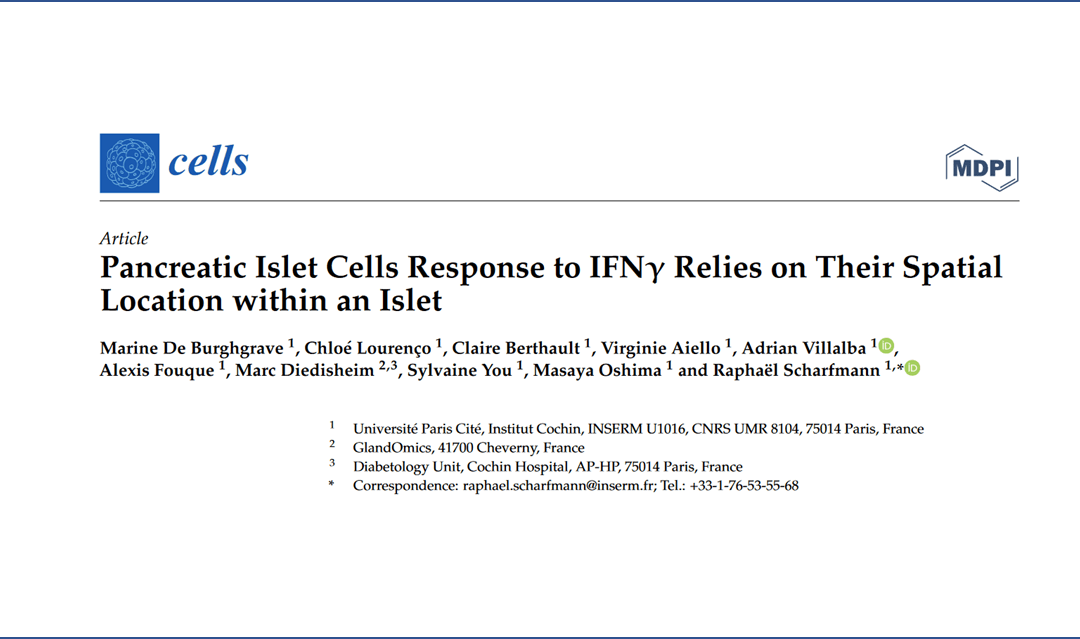
From the Scharfmann ‘s Lab
Here, using a flow cytometry-based strategy, we compared the impact of IFNγ, one of the main cytokines involved in T1D, on the three endocrine cell subsets isolated from C57BL/6 mouse islets.
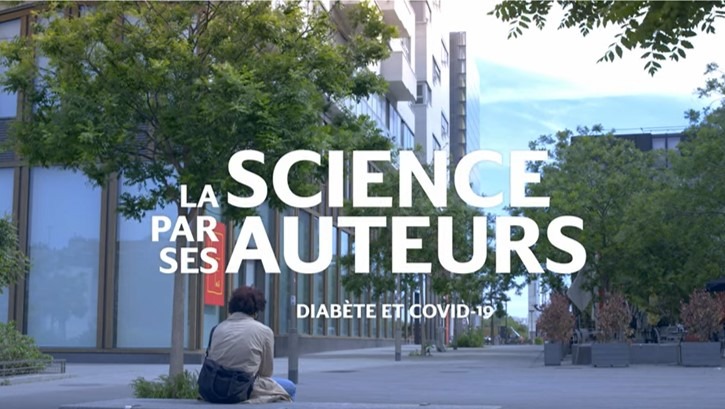
La science par ses auteurs – Diabète et Covid – Fawaz Alzaid
Le diabète de type 2 est un des facteurs de risque de développement d’une forme grave de la Covid-19. Identifier les marqueurs immunitaires et inflammatoires associés à ces formes sévères de la maladie chez cette population de patients permettrait de les prendre en charge de manière plus adaptée et plus précoce.
Fawaz Alzaid et Jean-Baptiste Julla ont identifié une signature immunitaire chez des patients diabétiques hospitalisés qui permettrait de prédire le risque d’un passage en réanimation. Les résultats de ces travaux sont publiés dans le journal EMBO Molecular Medicine et viennent compléter les conclusions d’autres études parues ces derniers mois sur l’identification de biomarqueurs prédictifs de formes sévères de Covid-19
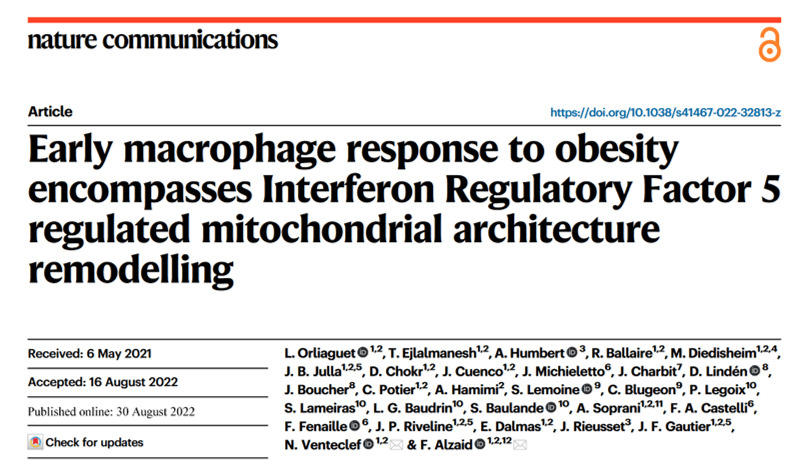
New Publication from IMMEDIAB
Adipose tissue macrophages (ATM) adapt to changes in their energetic microenvironment. Caloric excess, in a range from transient to diet-induced obesity, could result in the transition of ATMs from highly oxidative and protective to highly inflammatory and metabolically deleterious.
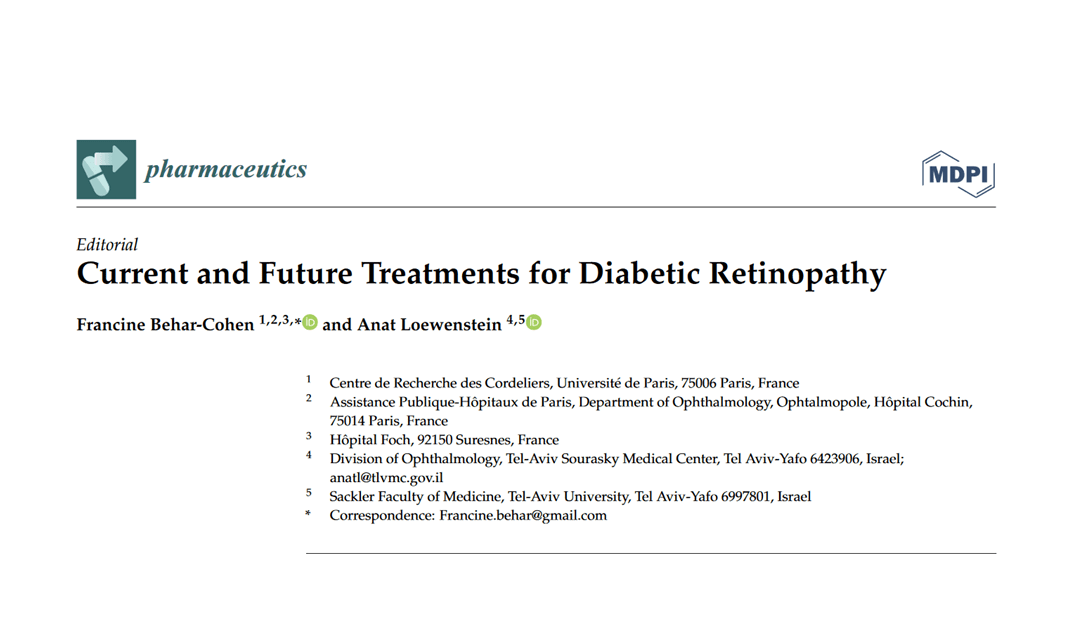
An editorial from Francine Behar-Cohen & Anat Loewenstein
The pathogenesis of diabetic retinopathy in humans remains imperfectly understood; in particular, the kinetics of the various pathogenic events in the very early stages of retinal damage are difficult to recognize. Animal models are useful but they do not recapitulate all aspects of human pathology and in particular are not completely transposable to study macular pathology since the majority of laboratory animals do not have a macula.
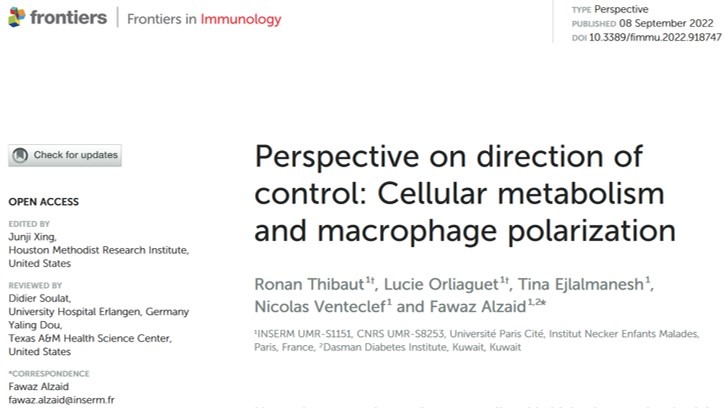
New Publication from IMMEDIAB
The relationship between macrophage phenotype and macrophage metabolism is well established, however its precise directionality is still under question. By modulating several metabolic pathways in bone marrow-derived macrophages, we show that disruption of cellular metabolism does per se influence cytokine secretion profile and expression of key inflammatory genes. Only some pathways seem to be involved in these processes, highlighting the need for specific metabolic functions in the regulation of macrophage phenotype. We thus demonstrate that the intact nature of cellular metabolism influences macrophage phenotype and function, addressing the directionality between these two aspects of macrophage biology.
